The latest Reserve Bank (RBA) credit card data for December 2020 shows a 25.59% in balances accruing interest (debt) from January 2020 to December, to a final debt of $21.2 billion.
Over the coronavirus months, debt fell 23.9% - the small difference is due to a minor 0.95% increase in debt balances from November to December.
However Australians still continue to close their credit card accounts, with the number of active accounts ending the year at 13.6 million: a 7% fall from the beginning of January.
Meanwhile, spending on credit cards increased by 11% in December according to Citi's Credit Card Index, taking credit card spending back to near pre-covid levels.
According to Head of Credit Cards at Citi Australia Choong Yu Lum, Australians are experiencing a 'debt hangover' after Christmas.
"This is in line with expected spend for January, as consumers typically tighten their belt following a period of increased spending due to Christmas and school holidays,” he said.
“Many Australians were hoping for an uneventful end to 2020, and a fresh start in 2021. With lockdowns in NSW and QLD demonstrating some uncertainty is here to stay, it is pleasing that we still saw strong spend growth in December.
"While spend has dipped in January, we anticipate February spend will increase."
Overall, the number of credit card purchases increased 2% over the coronavirus months (March-December 2020) according to the RBA, implying that people continue to use them but are simply paying down their debts more.
Previous data from the likes of illion and Citi pin this on the likes of superannuation withdrawals and stimulus payments going to debt-heavy Aussies.
Debit cards may also have something to do with it, with the number of debit card purchases rising by more than 14% throughout 2020.
Buy now pay later (BNPL) services could also be having an impact, albeit a smaller one.
Based on the latest figures, Afterpay has roughly 3.4 million active customers in Australia while Zip and Humm have about 2.5 million each.
Openpay and Klarna, two smaller BNPL providers, also posted customer gains of more than 100%.
The table below displays credit cards with some of the lowest interest rates on the market, disregarding any temporary promotional offers.
Credit card | |||||||||||||
|---|---|---|---|---|---|---|---|---|---|---|---|---|---|
| N/A | 0 | [No Cash Advances. No surprise charges. You’ll pay no interest or late payment fees – just a simple monthly fee. No Use, No Pay. If you don\'t make any purchases and have an outstanding balance of $0 during the whole statement period we\'ll reverse your monthly fee. No foreign currency fees. Save money on international purchases, online or overseas. Predictable Payments. Your minimum payment is fixed based on your credit limit, giving you certainty of what to pay each month. Apple Pay, Google Pay, Samsung Pay. From 13 September 2024, the monthly card fee for the NAB StraightUp Card will be increasing to $20 per month for credit limit $1, 001-$2, 000 and $30 per month for credit limit $2, 001-$3, 000. , ] | 0 | 0 | 0 | $product[$field["value"]] | 0 | Visa | More details | ||||
NAB StraightUp Card | |||||||||||||
| [Ascent Premium ] | 0 | [Receive a welcome bonus of 150, 000 Membership Rewards points when you apply online by 25 June 2024, are approved, and meet the minimum spend criteria of $5, 000 in the first 3 months. Available to new Card Members only. Receive a $450 Platinum Travel Credit each year, which can be redeemed for eligible flights, hotels, car hire or unique experiences. Transfer your points to a choice of 10 major Airline Reward Partner Programs including Qantas Frequent Flyer and Velocity Frequent Flyer Complimentary access for you and a guest to over 1, 400 Airport lounges across 140 countries and counting. Complimentary domestic and overseas travel insurance. Smartphone Screen Insurance for up to $500 for screen repairs to your Smartphone when you pay for your smartphone with your Platinum Card, either outright or on a monthly contract., ] | 0 | 0 | 20 | $product[$field["value"]] | 0 | AMEX | More details | ||||
Disclosure | |||||||||||||
American Express Platinum CardDisclosure
| |||||||||||||
| N/A | 0 | [Minimum credit limit : $1, 000 Card replacement fee (Australia) : $15 Apple Pay, Google Pay, Samsung Pay, ] | 0 | 0 | 15 | $product[$field["value"]] | 15.49 | Visa | More details | ||||
Disclosure | |||||||||||||
G&C Mutual Bank Low Rate Visa Credit CardDisclosure
| |||||||||||||
| N/A | 0 | [Low ongoing rate 0% p.a. on balance transfers for 6 months. Same low rate on retail purchases, cash advances and balance transfers. Up to 55 days interest free. Additional card available for $0. Low annual fee of $40. Minimum credit limit $500 Choose a credit limit from as little as $500 and up to $15, 000. Access to the worldwide Visa network. The option of loan protection insurance. Replacement of Visa card (within Australia) $12.50 Replacement of a Visa Card (overseas) $55 Apple Pay, Android Pay, Google Pay, Samsung Pay, ] | 0 | 0 | 25 | $product[$field["value"]] | 8.99 | Visa | More details | ||||
Disclosure | |||||||||||||
Community First Bank Low Rate Credit CardDisclosure
| |||||||||||||
| N/A | 0 | [Overseas ATM withdrawal: $5 Minimum credit limit $1, 000 Maximum credit limit: $25, 000 Annual fee waived for the first year, ] | 0 | 0 | 15 | $product[$field["value"]] | 12.99 | Visa | More details | ||||
MOVE Bank Low Rate Credit Card | |||||||||||||
| N/A | 0 | [A low $49 annual fee but you pay NO FEE if you spend a minimum of $12, 000 annually after the first year Minimum Credit Limit $1, 000.00 Replacement card fee Domestic $7.00 Google Pay, ] | 0 | 0 | 20 | $product[$field["value"]] | 9.95 | Visa | More details | ||||
Greater Bank Visa Credit Card | |||||||||||||
| N/A | 0 | [Up to 58 days interest-free credit. Competitive low interest rate on purchases Low annual fee of $39 - waived if you make purchases of more than $8, 000 a year. Accepted at more than 24 million outlets worldwide - just look for the VISA symbol. Can be linked with up to two other Bank of us accounts ensuring you only have to carry the one card. Option to make balance transfers from existing cards - treated the same way as a purchase with up to 58 days interest free. Minimum credit limit $500, ] | 0 | 0 | 20 | $product[$field["value"]] | 9.99 | Visa | More details | ||||
Disclosure | |||||||||||||
Bank of us Visa Credit CardDisclosure
| |||||||||||||
Cash still being phased out?
The trend of fewer and fewer people using cash - exacerbated by COVID due to hygiene fears - continued through to the end of the year.
The number and value of cash-out transactions with debit cards plummeted by 32% and 26% respectively in 2020.
Cash advances with credit cards fell in use by 22.7% in the year also, and almost half of this (-10.52%) was from March onwards (many people stopped using cash already before lockdowns in February).
The value of these cash advances fell by 20.37% to $427 million in total.
Image via QuoteInspector.com



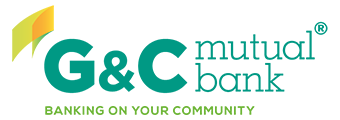
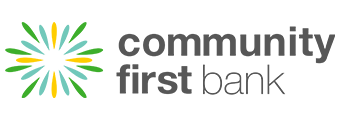

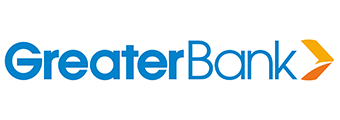


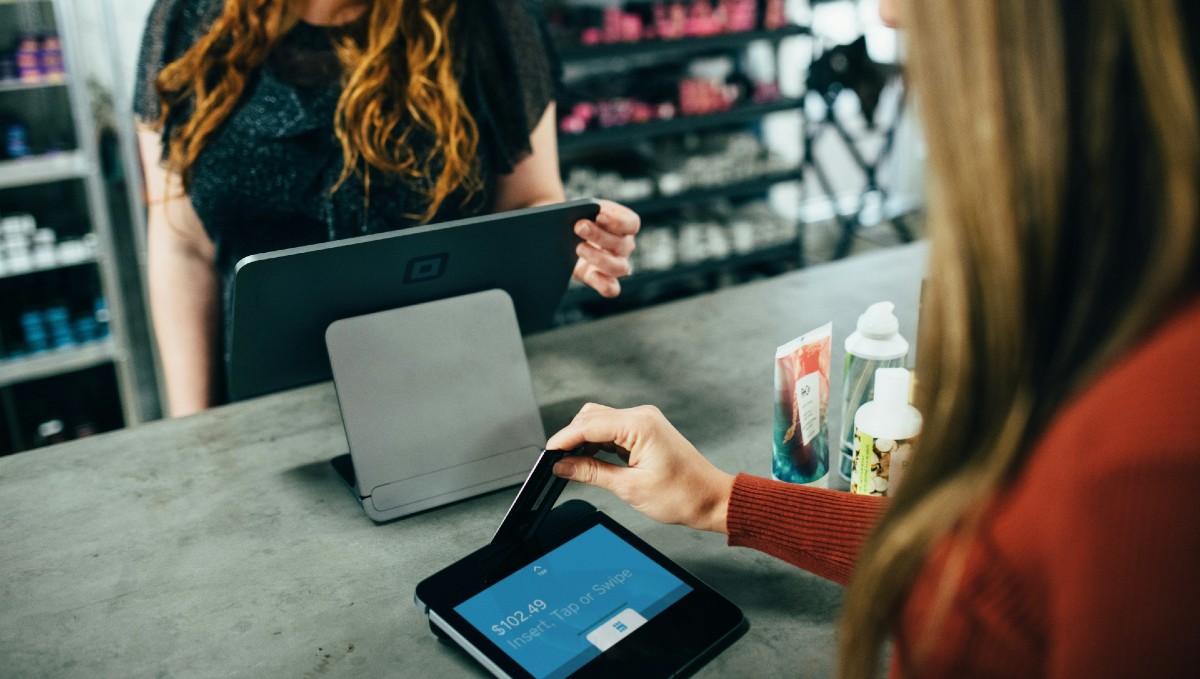
 Denise Raward
Denise Raward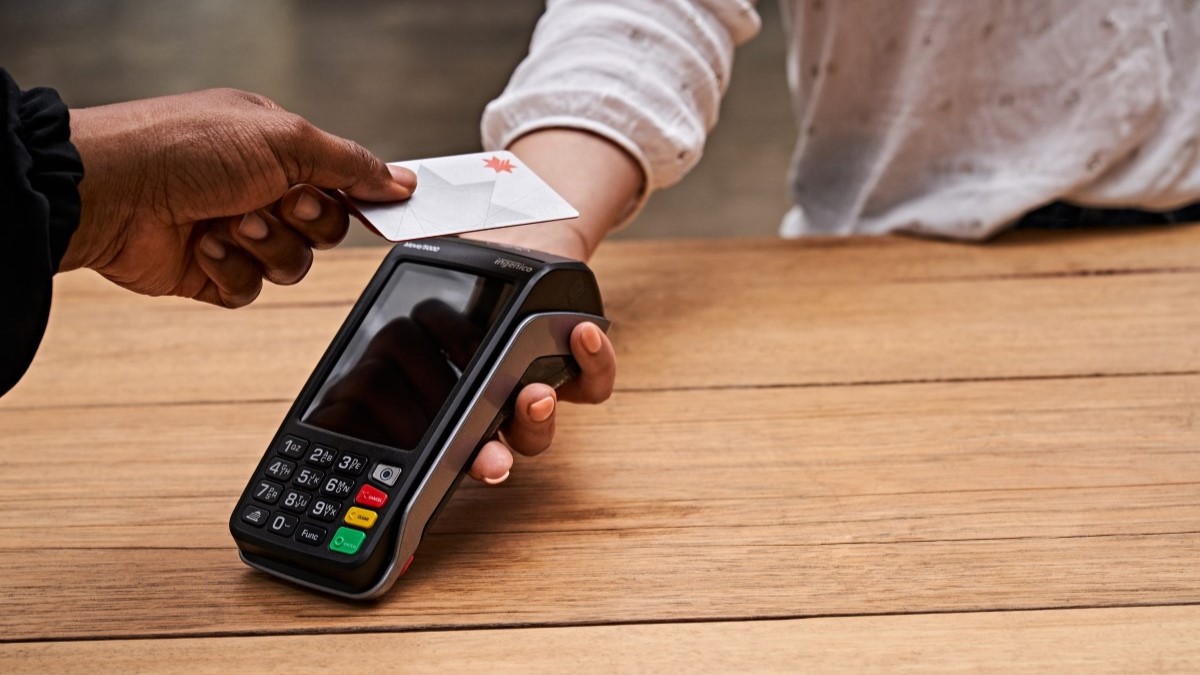

 Emma Duffy
Emma Duffy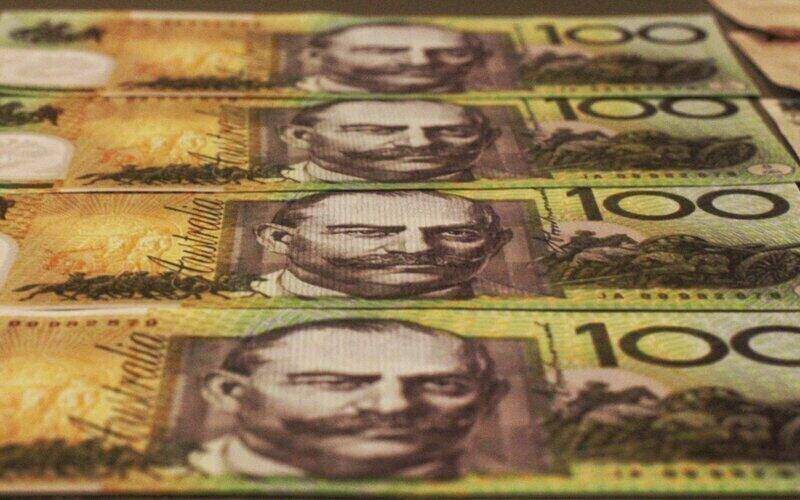
 Brooke Cooper
Brooke Cooper
 Harrison Astbury
Harrison Astbury

